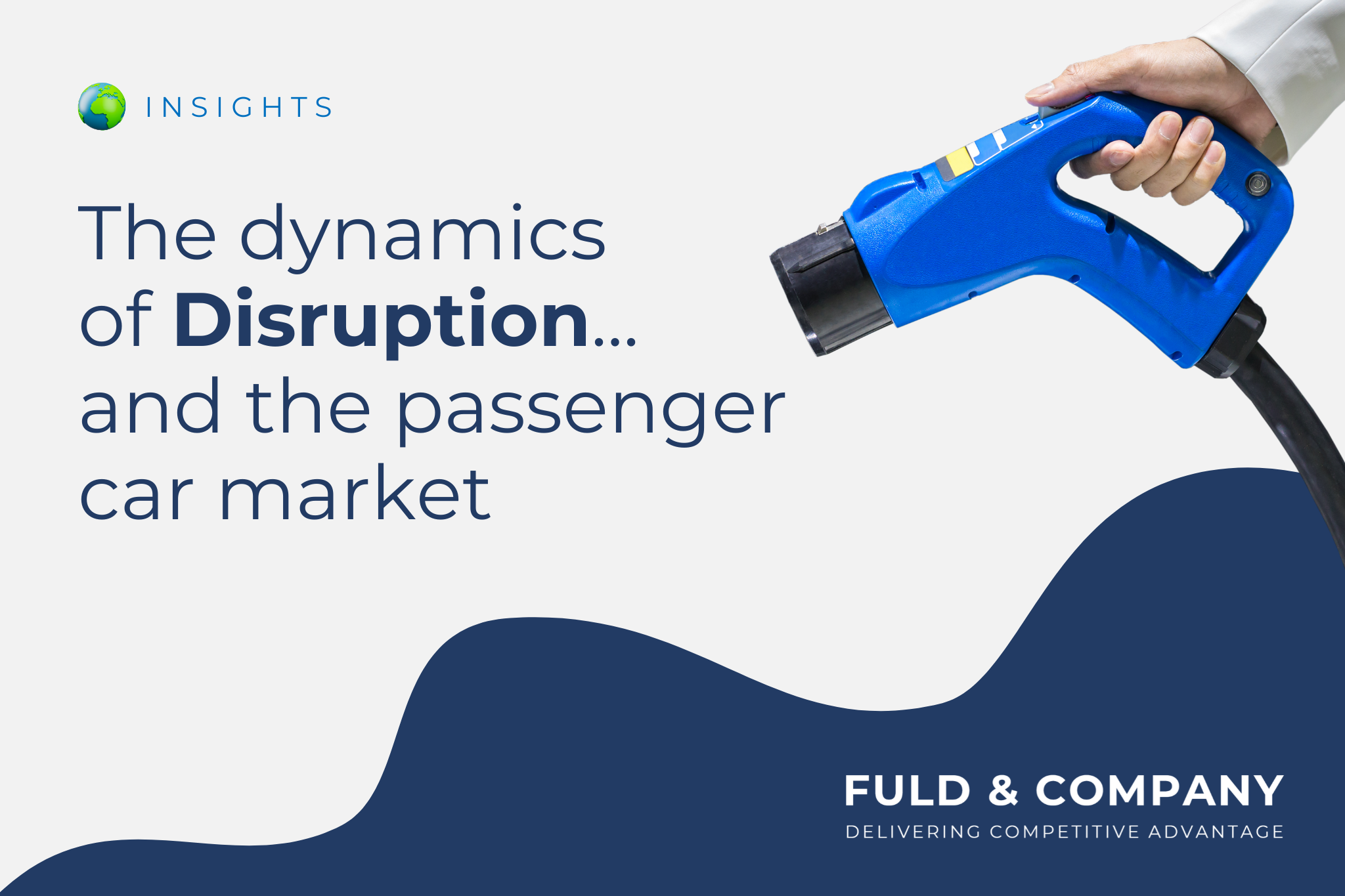What Amazon’s Acquisition of Whole Foods Says About Competitive Strategy
Posted by |

There are countless ways to look at the implications of Amazon’s proposed $13.7 billion takeover of Whole Foods, that it’s the latest salvo in the battle between Amazon and Walmart to be the one place where everyone shops for everything, that it’s a disruption to the supply chain model in the grocery business, or that it’s nothing more than a marriage of convenience to save Whole Foods from the ire of its activist shareholders.
But, for competitive strategists, there’s really only one question to ask: how does this deal affect the competitive intensity in my industry?
First, let’s tackle the obvious, “what industry am I in?” conundrum this deal creates. It affects way more than just Whole Foods’ direct competitors in the grocery industry. Before you can assess industry disruption from events such as this, you first have to define the industry. And, that’s one of the things that makes this deal so interesting; it’s the latest in a series of moves by Amazon and its CEO and founder Jeff Bezos that redefine traditional industry boundaries. Grocery is now technology and ,
So, if I’m Kroger, I need to examine this event from the perspective of Amazon as a new entrant in my sector, whatever that may now be. On the other hand, If I’m Walmart, I need to examine this event from the perspective of a competitor that has acquired a substantially material new set of capabilities in a constantly redefining retail industry. And if I’m Microsoft, I need to examine this event from the perspective of a highly diversified competitor further differentiating its business in an industry that still hasn’t been completely or definitively defined.
Basically, how you respond to this announcement depends on your industry identity, and your competitive positioning within that industry.
The retail grocery industry has had insufficient barriers to entry to maintain its historic industry boundaries, let alone keep a highly disruptive new entrant from joining the party. Indeed, low profit margins, characteristic of the retail grocery industry and which typically serve as a deterrent to new entrants, did not stop Amazon from muscling its way in. Why? Because there were few, if any, new barriers to entry, and Amazon doesn’t care much about profit anyway, at least not for its retail businesses. For grocery rivalsthe options are limited: lower prices, work to achieve meaningful differentiation, or squeeze suppliers. None of these options are pleasant and most will further destroy value in the industry.
Larger retail competitors like Walmart, have a similar set of bad options from which to choose. Big box stores are already notorious for squeezing their suppliers, and are finding it harder and harder to differentiate when consumers would prefer to avoid physical stores altogether and order their organic kumquats and sustainably produced toilet paper from their sofas. There’s little in the way of a meaningful competitive response other than to out-retail the competition.
That’s why Walmart’s near simultaneous acquisition of online fashion retailer Bonobos was prescient. Walmart is working to make itself a formidable competitor in ecommerce and acquiring Bonobos gives it access to the company’s brand equity, sustained growth, and superior ecommerce operations such as offering liberal shipping and return policies, and excellent customer service. Expect more online consolidation from the world’s largest physical retailer.
As for Amazon’s technology competitors, the strategic importance of Amazon Web Services (AWS) arguably increases as Amazon expands in a low-margin business. Profits generated from AWS in part fund Amazon’s retail expansion and keep investors happy.
Nobody expects Whole Foods to make a substantial contribution to Amazon’s operating profits, meaning the expectations on AWS to sustain and even increase its margin contribution will become more intense. Microsoft and other cloud computing competitors should expect Amazon to go to even greater lengths to raise customers’ switching costs to negate any possibility that customers will move their data to a competitor’s cloud platform. Competitor efforts to grow share and scale in that business will be increasingly difficult.
One transaction has up-ended three industries at the same time. Even for seasoned competitive strategists, the degree of industry disruption from the Amazon-Whole Foods deal is to be admired.
Tags: Amazon, Brand Strategy, Competitive Advantage, Competitive Strategy, Information Technology, Strategic Planning, whole foods
















